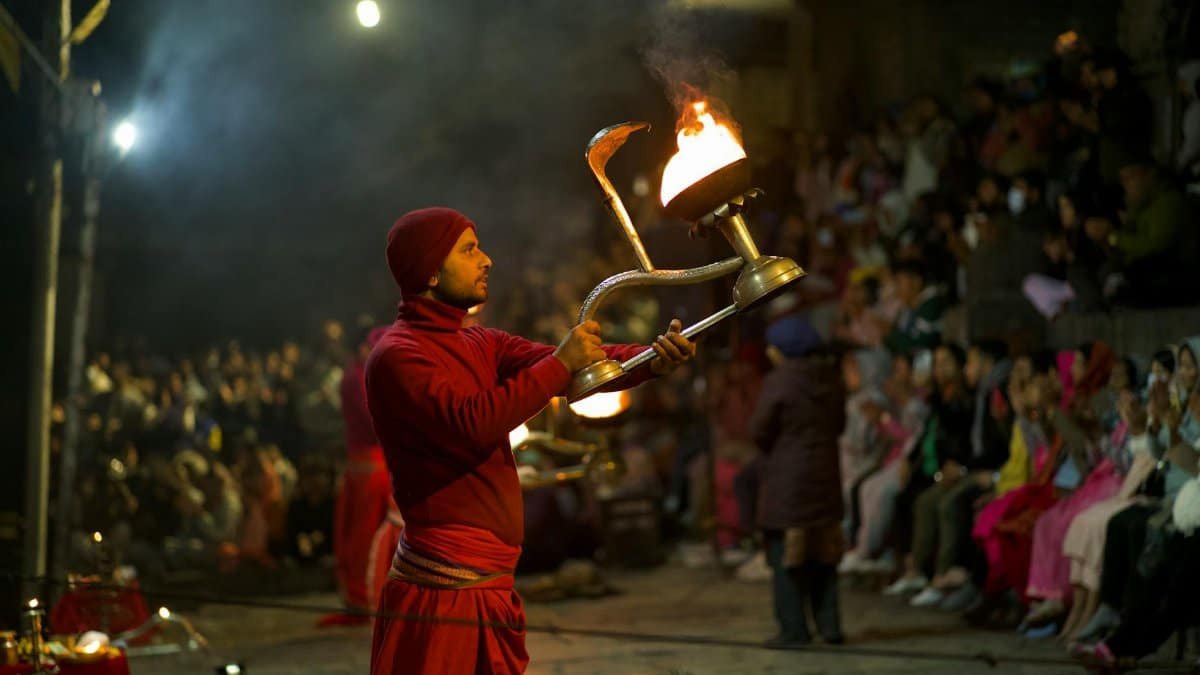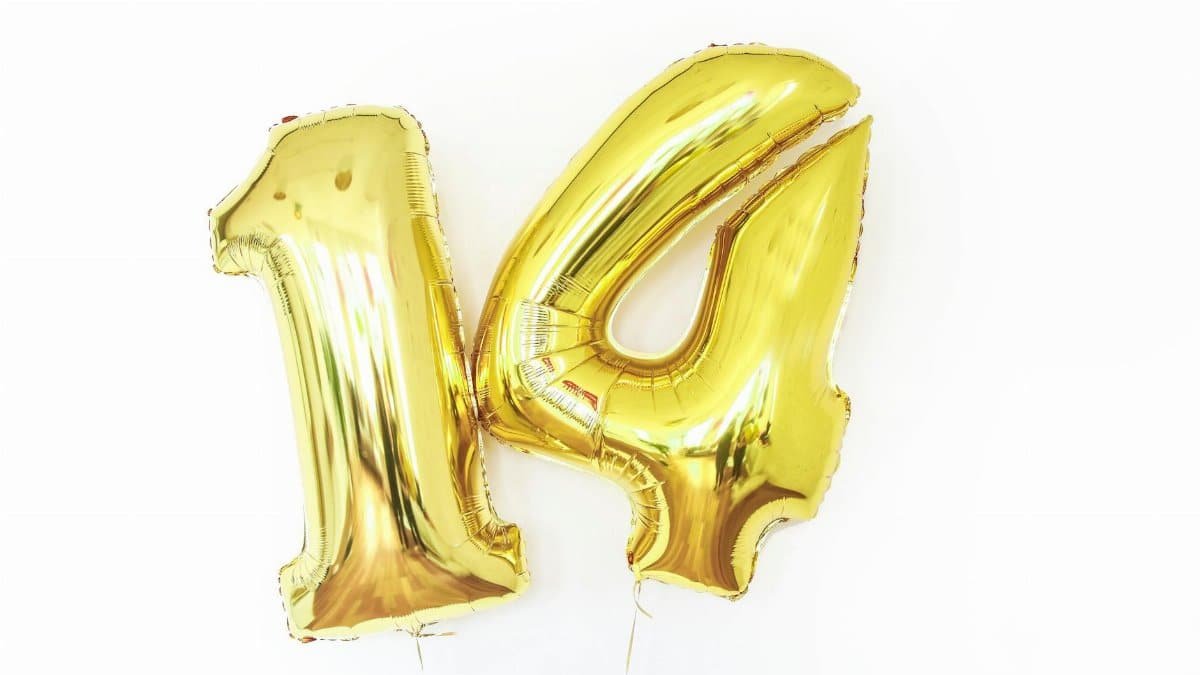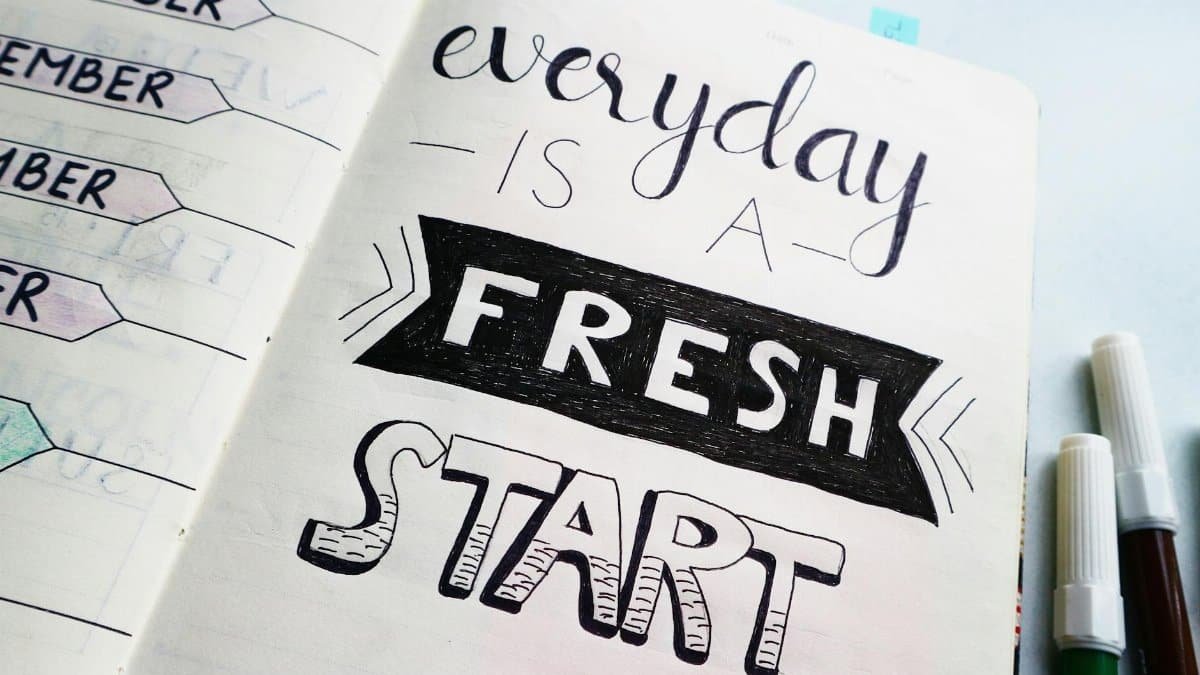Is sacred chants heart coherence the wellness breakthrough we’ve been waiting for? A growing body of research suggests that specific chants, rooted in ancient traditions, can sync your heart rhythm and reduce stress in measurable ways. From Tibetan mantras to Gregorian melodies, these 14 sacred sounds are now backed by science for promoting heart coherence—a state where your heart, mind, and emotions align for optimal health. Here’s how these powerful chants work and why they’re gaining traction in 2025.
1. Om Mani Padme Hum

This Tibetan Buddhist chant is linked to compassion and calm. Studies suggest its rhythmic repetition slows heart rate variability, a key marker of heart coherence. Chanting it for just 10 minutes can shift your nervous system into a relaxed state.
2. Gregorian Chant: Ave Maria

Western sacred music like Ave Maria has been shown to lower cortisol levels. Research from the University of Florence found that listening to or chanting Gregorian melodies can enhance heart-brain synchronization, a core aspect of coherence.
3. Hindu Mantra: Gayatri Mantra

Recited for centuries, the Gayatri Mantra’s vibrational frequency is said to balance autonomic functions. Science supports this, with studies indicating improved heart rate patterns during chanting.
4. Sufi Chant: Hu

The Sufi chant “Hu,” meaning divine essence, creates a meditative focus. Preliminary data suggests it can stabilize heart rhythms, aligning with coherence principles.
5. Native American Hoop Chant

Rooted in tribal traditions, hoop chants use repetitive sounds to ground the body. Researchers note their potential to reduce stress, a precursor to heart coherence.
6. Buddhist Chant: Nam Myoho Renge Kyo

This Nichiren Buddhist chant is tied to personal empowerment. Its steady cadence has been linked to improved vagal tone, supporting heart health metrics.
7. Sikh Mantra: Wahe Guru

Meaning “wonderful teacher,” this Sikh chant fosters emotional balance. Small studies show it may help regulate heart rate during stressful moments.
8. Hebrew Chant: Shalom

The Hebrew word for peace, when chanted, can induce a calming effect. Research hints at its ability to align breathing with heart rhythms.
9. Taoist Chant: Wu Wei

Reflecting the Taoist principle of effortless action, this chant encourages flow. Limited studies suggest it supports parasympathetic activation, key to coherence.
10. African Tribal Chant: Ubuntu

Ubuntu chants, tied to community and humanity, use deep vocal tones. Experts say these vibrations can resonate with heart frequencies, promoting balance.
11. Christian Chant: Kyrie Eleison

Meaning “Lord, have mercy,” this ancient chant has a soothing effect. Data indicates it can lower blood pressure, aiding heart coherence.
12. Vedic Chant: So Hum

This simple mantra, meaning “I am that,” syncs with breath. Studies, including those referenced by the National Institutes of Health, suggest it enhances cardiovascular stability ( NIH Study on Meditation and Heart Health ).
13. Zen Chant: Mu

Used in Zen meditation, “Mu” focuses the mind. Research shows such focused chanting can improve heart rate variability, a coherence indicator.
14. Shamanic Chant: Hey Ya

Shamanic chants like “Hey Ya” use primal sounds to connect with nature. Emerging evidence points to their role in reducing stress hormones, supporting heart sync.
Why Heart Coherence Matters

Heart coherence isn’t just a buzzword. It’s a measurable state where your heart rate variability reflects balance between the sympathetic and parasympathetic nervous systems. According to the HeartMath Institute, coherence boosts mental clarity, emotional stability, and physical health ( HeartMath Institute Research ). Sacred chants heart coherence practices tap into this by using sound and rhythm to guide the body into alignment.
How to Start Chanting for Coherence

Getting started is simple. Pick one of the 14 chants above that resonates with you. Find a quiet space, sit comfortably, and repeat the chant for 5-10 minutes daily. Focus on slow, deep breaths. Apps and online recordings can help with pronunciation and rhythm. Track how you feel—many report reduced anxiety within days. In 2025, with stress levels climbing, this ancient practice could be a game-changer for personal wellness.
Natasha is the heart of our exploration into conscious connection. Applying principles from multiple counseling courses in her own life, she guides you to cultivate stronger, more joyful bonds.
Disclaimer
The content on this post is for informational purposes only. It is not intended as a substitute for professional health or financial advice. Always seek the guidance of a qualified professional with any questions you may have regarding your health or finances. All information is provided by FulfilledHumans.com (a brand of EgoEase LLC) and is not guaranteed to be complete, accurate, or reliable.
